People often seek pets that stand out and bring a unique charm to their lives. Unusual pets offer a distinct experience, different from the conventional dogs and cats. Here, we explore some of the most unusual pets people own, including their origins and intriguing facts.
Fennec Fox
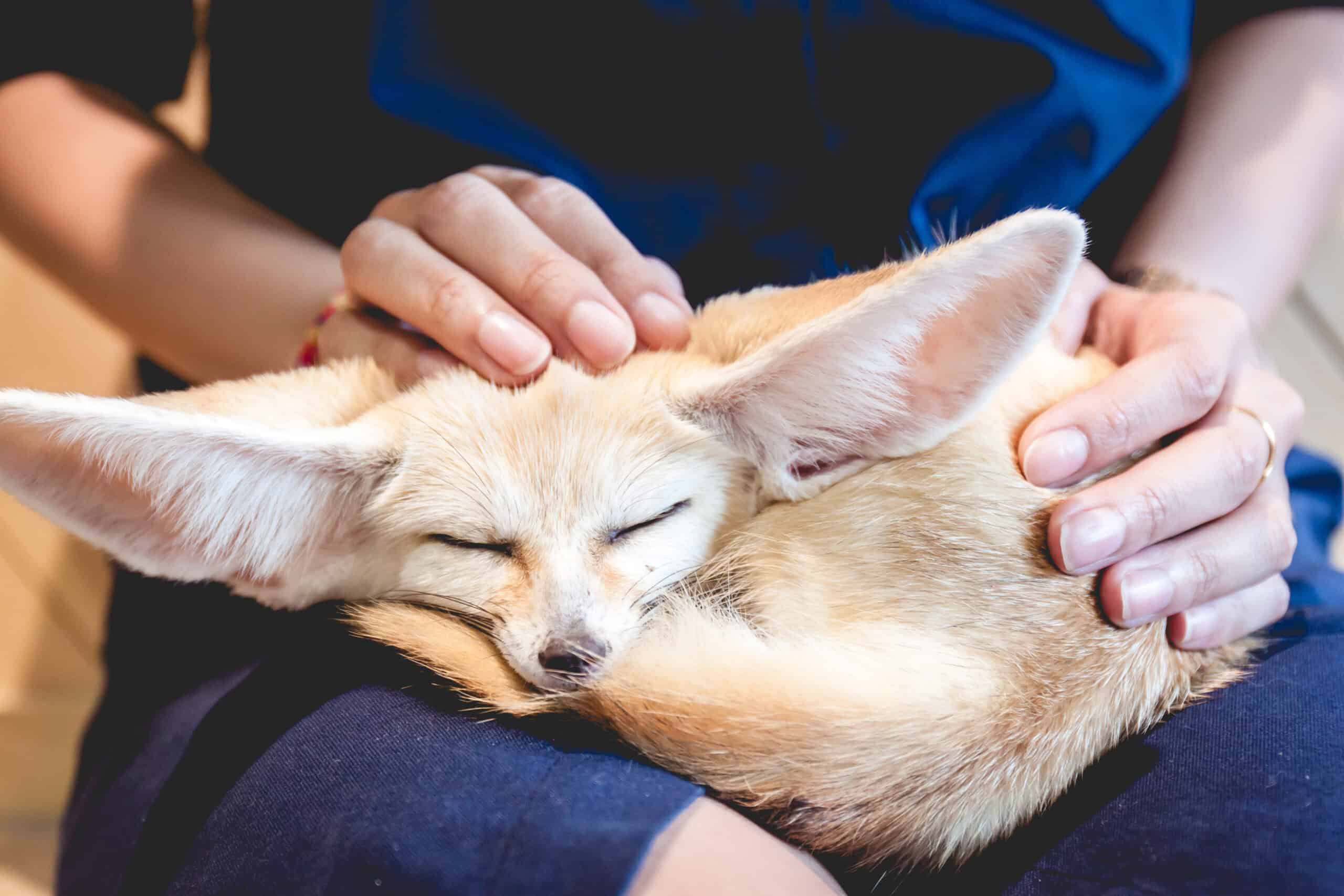
The Fennec Fox is native to the Sahara Desert. This small fox is famous for its large ears, which help dissipate heat and locate prey. Fennec foxes are nocturnal, staying cool in the desert heat by being active at night. In captivity, Fennec foxes require lots of attention and space to roam. They are playful and energetic, often forming strong bonds with their owners. Training them can be challenging due to their wild nature. These foxes are known for their digging habits, so a secure enclosure is essential. Despite their exotic appeal, potential owners must research thoroughly before deciding to bring one home.
Capybara
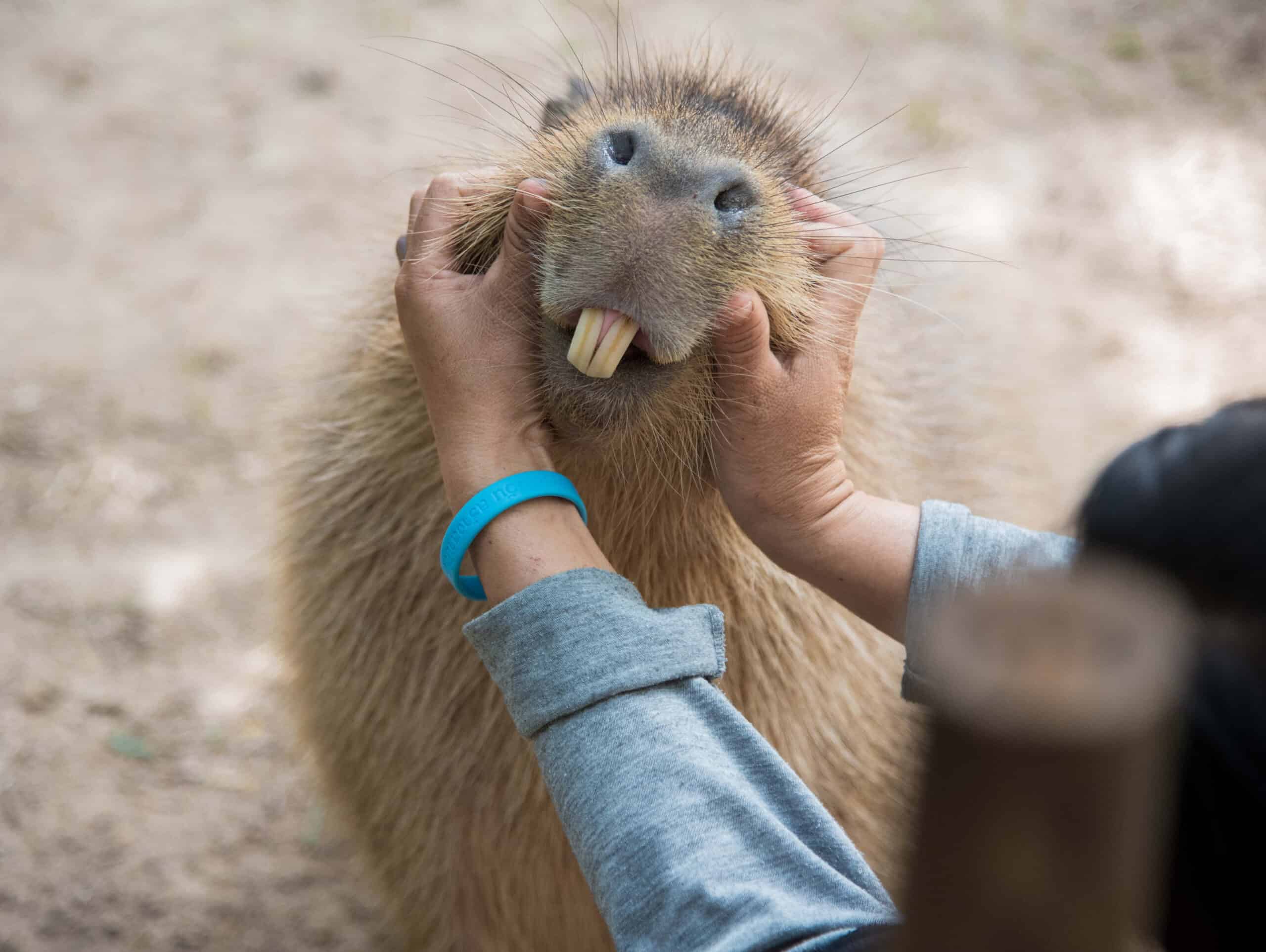
Capybaras are the largest rodents in the world. They are native to South America, often found near water bodies. These social animals live in groups and communicate through a variety of sounds. Capybaras have webbed feet, aiding them in swimming and diving. As pets, capybaras need ample space and access to water. They thrive in environments that mimic their natural habitat. Their diet primarily consists of grasses and aquatic plants. Capybaras are friendly and often get along well with other animals.
Axolotl
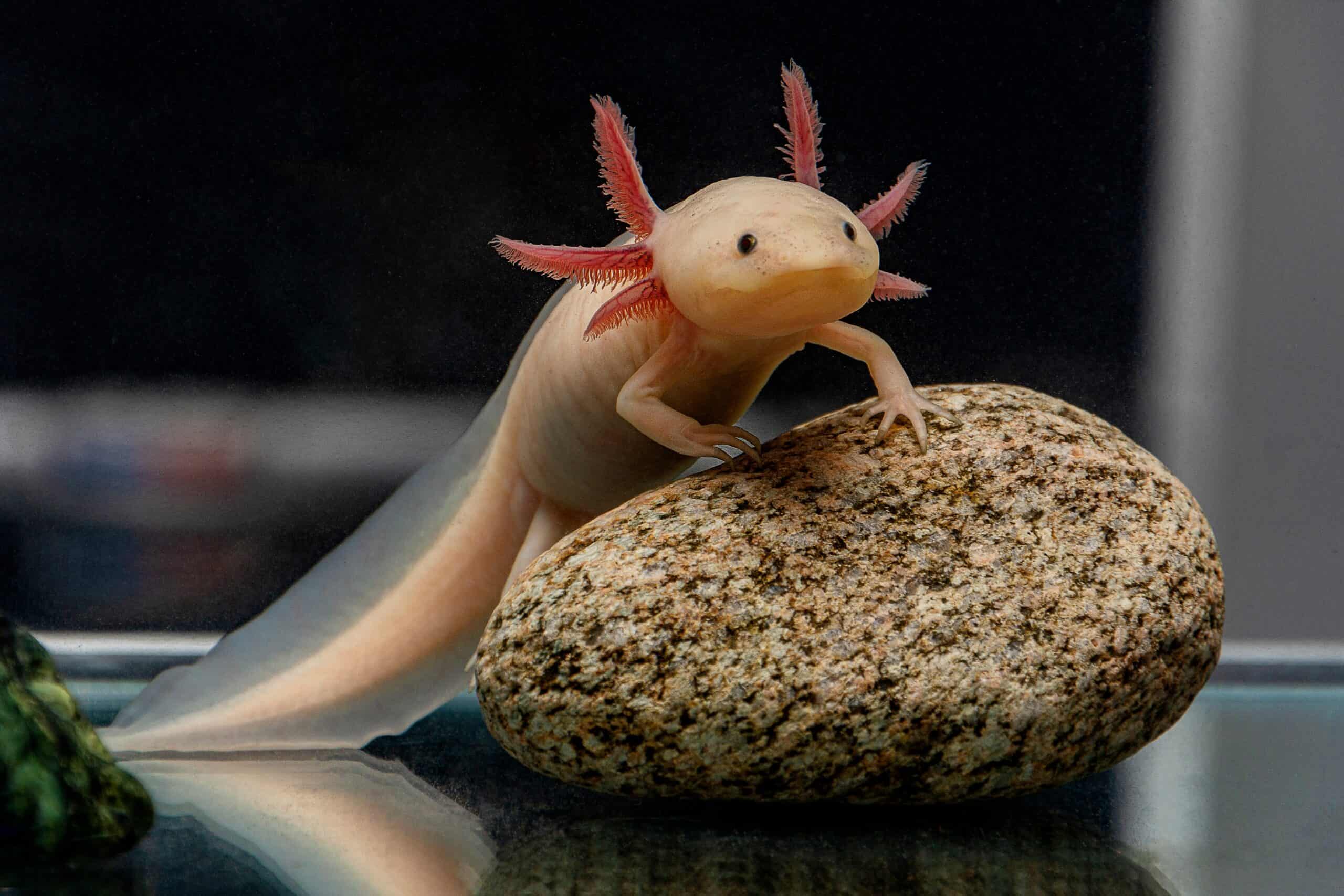
Axolotls, also known as Mexican walking fish, are unique amphibians. They are native to the lake complex of Xochimilco near Mexico City. Unlike most amphibians, axolotls retain their larval features throughout their lives, a condition known as neoteny. These creatures are fascinating due to their regenerative abilities. They can regrow entire limbs, spinal cords, and even parts of their hearts. In captivity, axolotls need a cool, clean aquatic environment. They primarily eat worms, small fish, and other aquatic invertebrates.
Sugar Glider
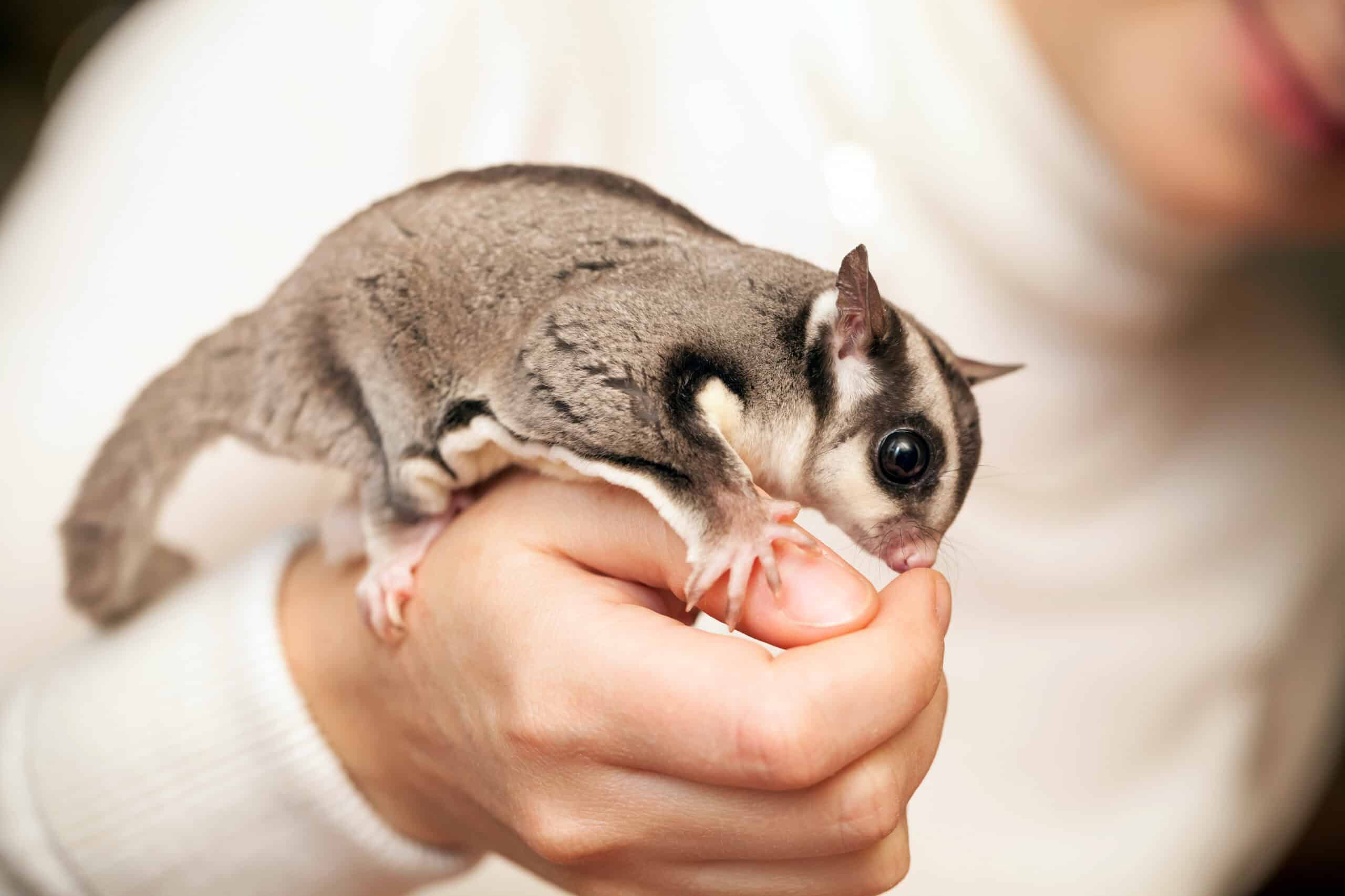
Sugar gliders are small, nocturnal marsupials from Australia, Indonesia, and New Guinea. They have a thin membrane called the patagium, which allows them to glide between trees. These social animals live in groups and communicate using vocalizations and scent markings. In captivity, sugar gliders require a lot of social interaction and a spacious cage with opportunities for climbing and gliding. Their diet should include fresh fruits, vegetables, and insects to ensure they receive proper nutrition. Bonding with sugar gliders takes time and patience.
Miniature Donkey
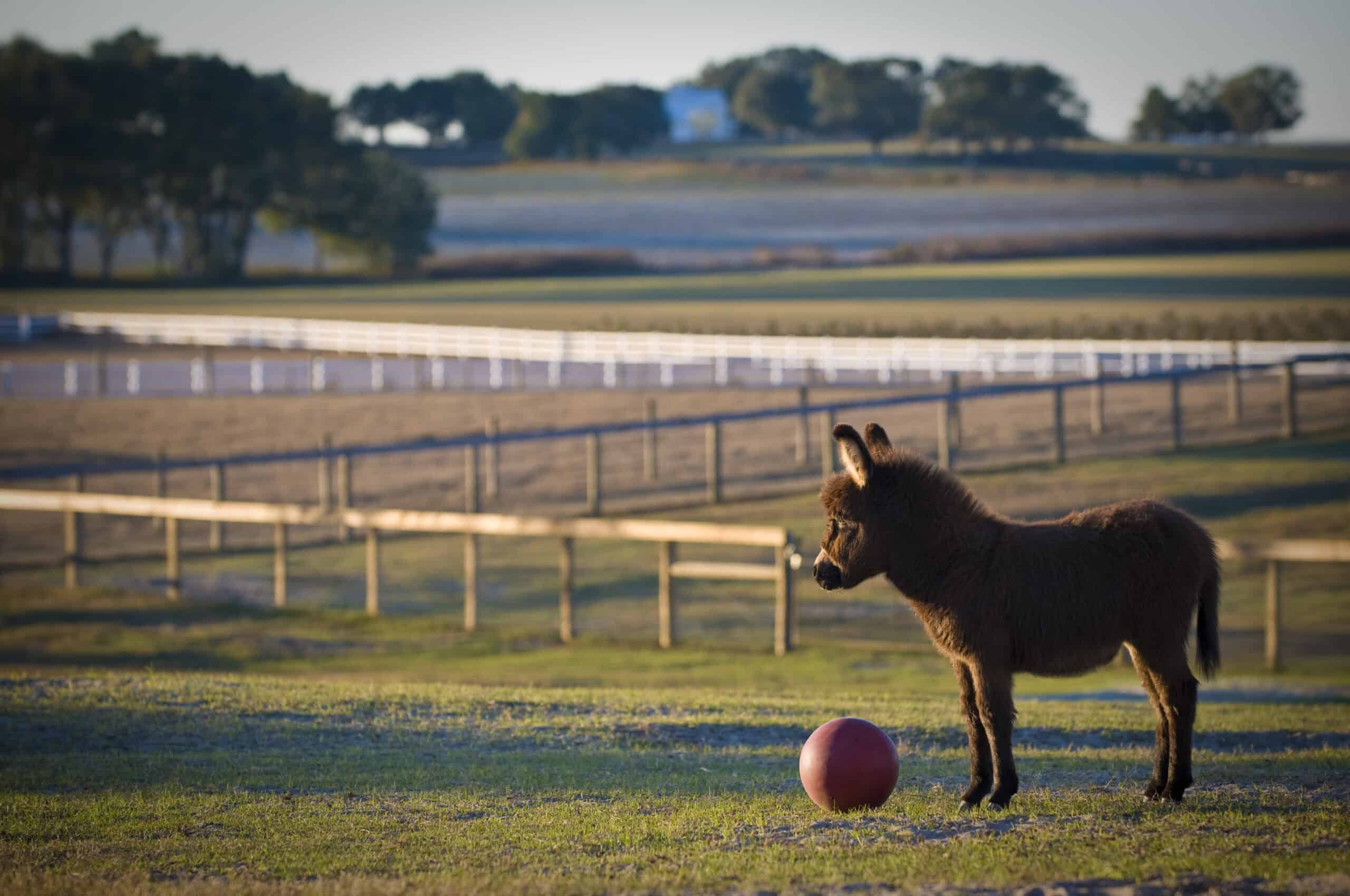
Miniature donkeys originate from the Mediterranean islands of Sicily and Sardinia. These small donkeys were initially used as working animals due to their strength and endurance. They are known for their gentle and affectionate nature. As pets, miniature donkeys need plenty of space to roam and graze. They thrive on social interaction and companionship, often forming strong bonds with humans and other animals. Their diet mainly consists of hay, grass, and grains. Regular grooming and veterinary care are essential to keep them healthy.
Pygmy Goat

Pygmy goats are small, hardy animals originating from West Africa. They were initially bred for meat but have become popular as pets due to their friendly and playful nature. Pygmy goats are excellent climbers and enjoy exploring their environment. These goats require a secure outdoor space with shelter from the elements. They thrive on a diet of hay, grains, and fresh greens. Pygmy goats are social animals and do best when kept in pairs or small groups. They need regular grooming and hoof trimming to stay healthy.
Skunk

Skunks, particularly domesticated ones, are becoming more popular as pets. They are native to the Americas and are known for their distinctive black and white stripes and their ability to spray a foul-smelling liquid as a defense mechanism. Domesticated skunks have their scent glands removed, making them odor-free. They are curious, intelligent animals that require a lot of stimulation and interaction. Skunks need a varied diet that includes proteins, vegetables, and fruits. Regular veterinary care is essential to maintain their health.
Wallaby
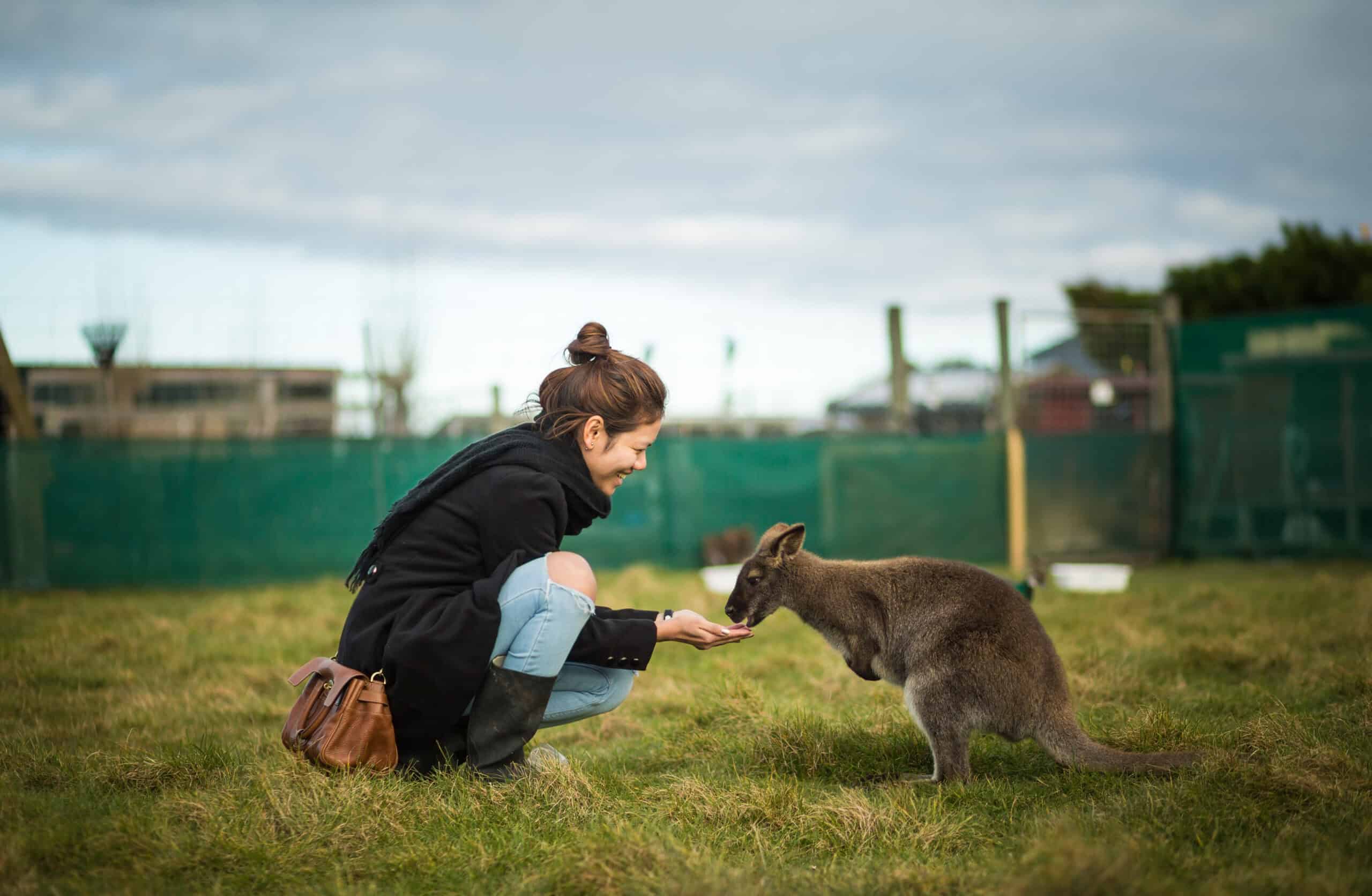
Wallabies are small to medium-sized marsupials from Australia and New Guinea. They are relatives of kangaroos but smaller in size. Wallabies are known for their powerful hind legs and long tails, which they use for balance and movement. In captivity, wallabies need a spacious outdoor enclosure to roam and graze. They are herbivores, eating grasses, leaves, and fruits. Wallabies are generally shy and require gentle handling to become accustomed to human interaction.
Hedgehog
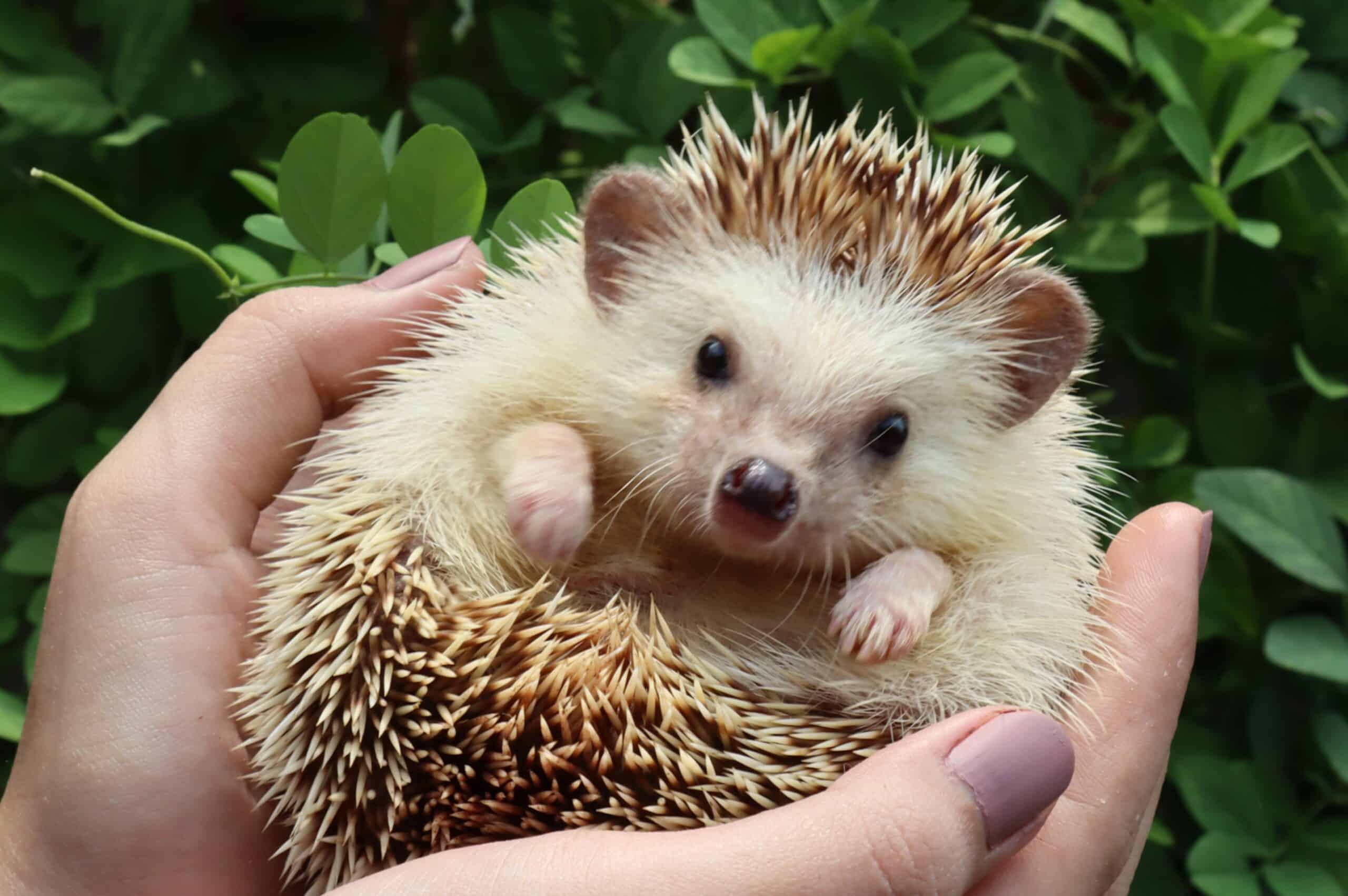
Hedgehogs are small, nocturnal mammals known for their spiny coats. They are found in Europe, Asia, and Africa. Hedgehogs curl into a ball, using their spines as protection when threatened. As pets, hedgehogs require a warm, safe environment with plenty of hiding spots. They are insectivores, with a diet consisting mainly of insects, supplemented with fruits and vegetables. Hedgehogs are solitary animals and prefer minimal handling. They can be shy and require time to bond with their owners.
Kinkajou

The kinkajou, also known as the “honey bear,” is a rainforest mammal native to Central and South America. These nocturnal creatures have a prehensile tail and a long tongue to extract nectar from flowers. Kinkajous are related to raccoons but have a more monkey-like appearance. They are arboreal, spending most of their time in trees. Kinkajous require a lot of interaction and space to thrive in captivity. They are social and can form strong bonds with their owners. Their diet consists mainly of fruits, nectar, and small insects.
Tarantula
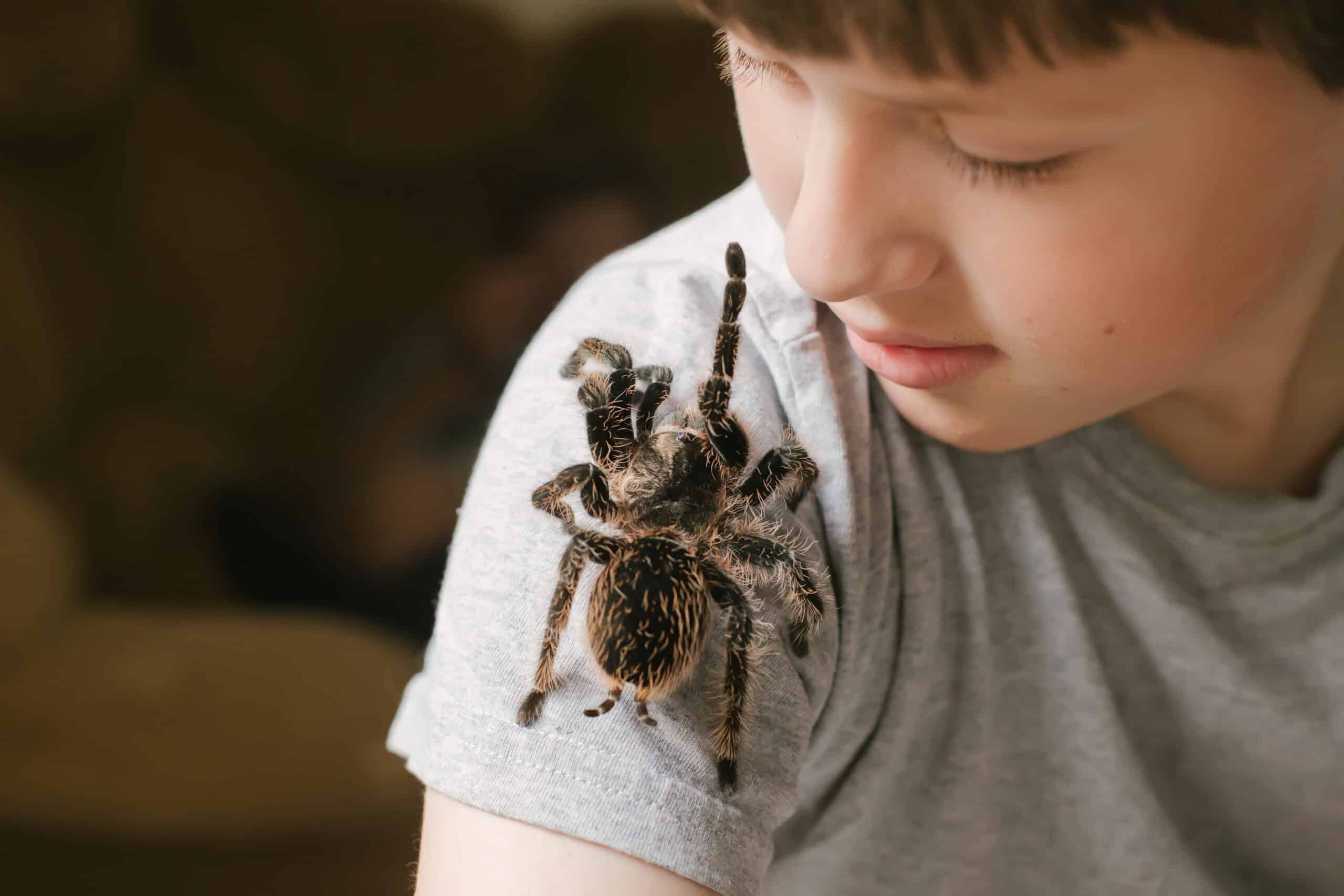
Tarantulas are large, hairy spiders found in various regions, including the Americas, Africa, and Asia. These arachnids are known for their intimidating appearance and impressive size. They live in burrows and are primarily nocturnal hunters. Tarantulas use their venom to subdue prey, which consists of insects and small animals. As pets, tarantulas are relatively low-maintenance. They require a secure enclosure with proper humidity and temperature control. Their diet includes live insects such as crickets and mealworms. Handling tarantulas should be done with care, as they can be delicate and may bite if threatened.
Chinchilla
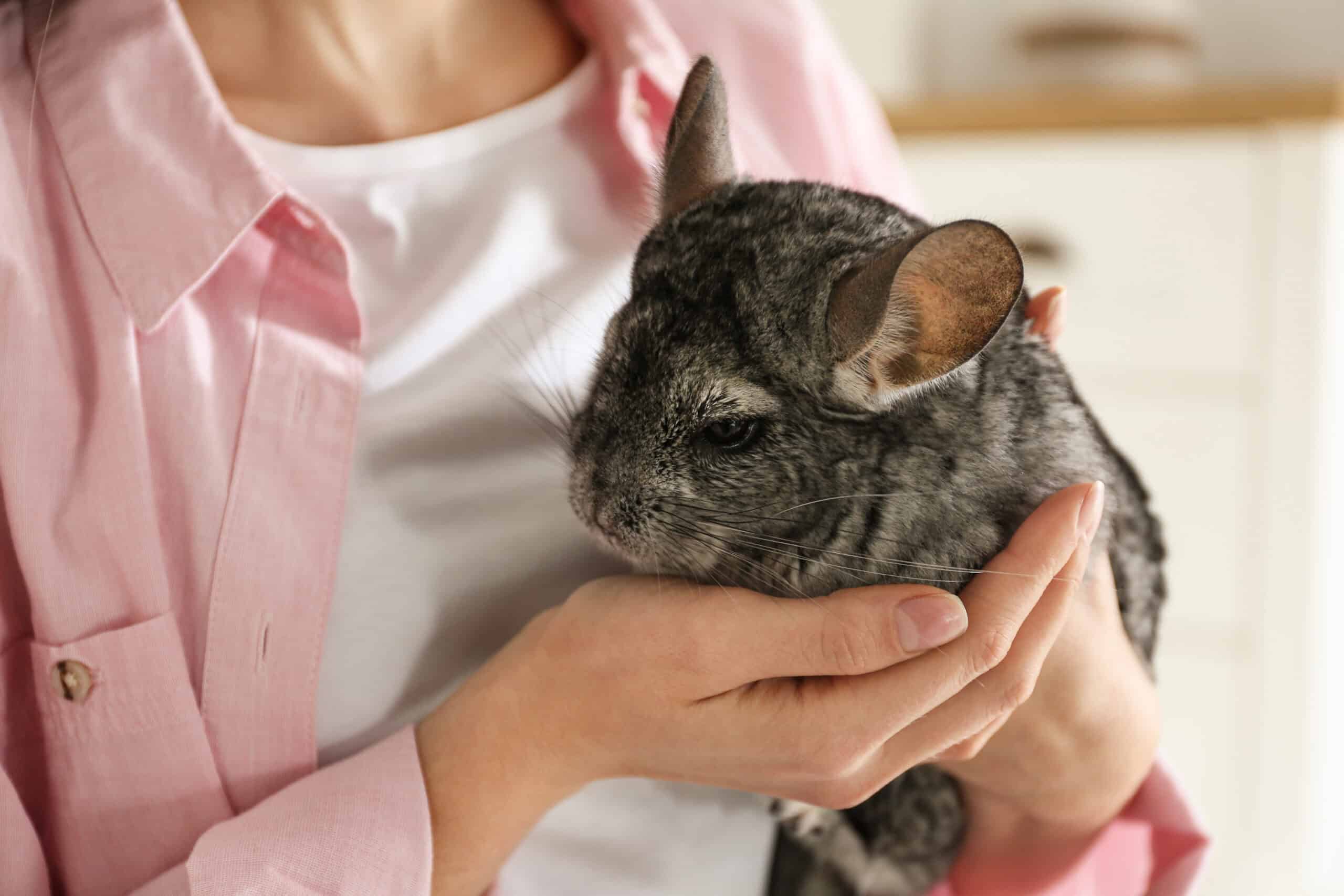
Chinchillas are small, furry rodents native to the Andes Mountains in South America. They are known for their incredibly soft fur, which is the densest of any land mammal. Chinchillas are nocturnal and highly active, often jumping and climbing in their environment. In captivity, chinchillas need a large cage with plenty of levels and hiding spots. They enjoy dust baths to keep their fur clean and healthy. Their diet consists of hay, pellets, and occasional treats. Chinchillas are social animals and do well in pairs or small groups.
Bearded Dragon
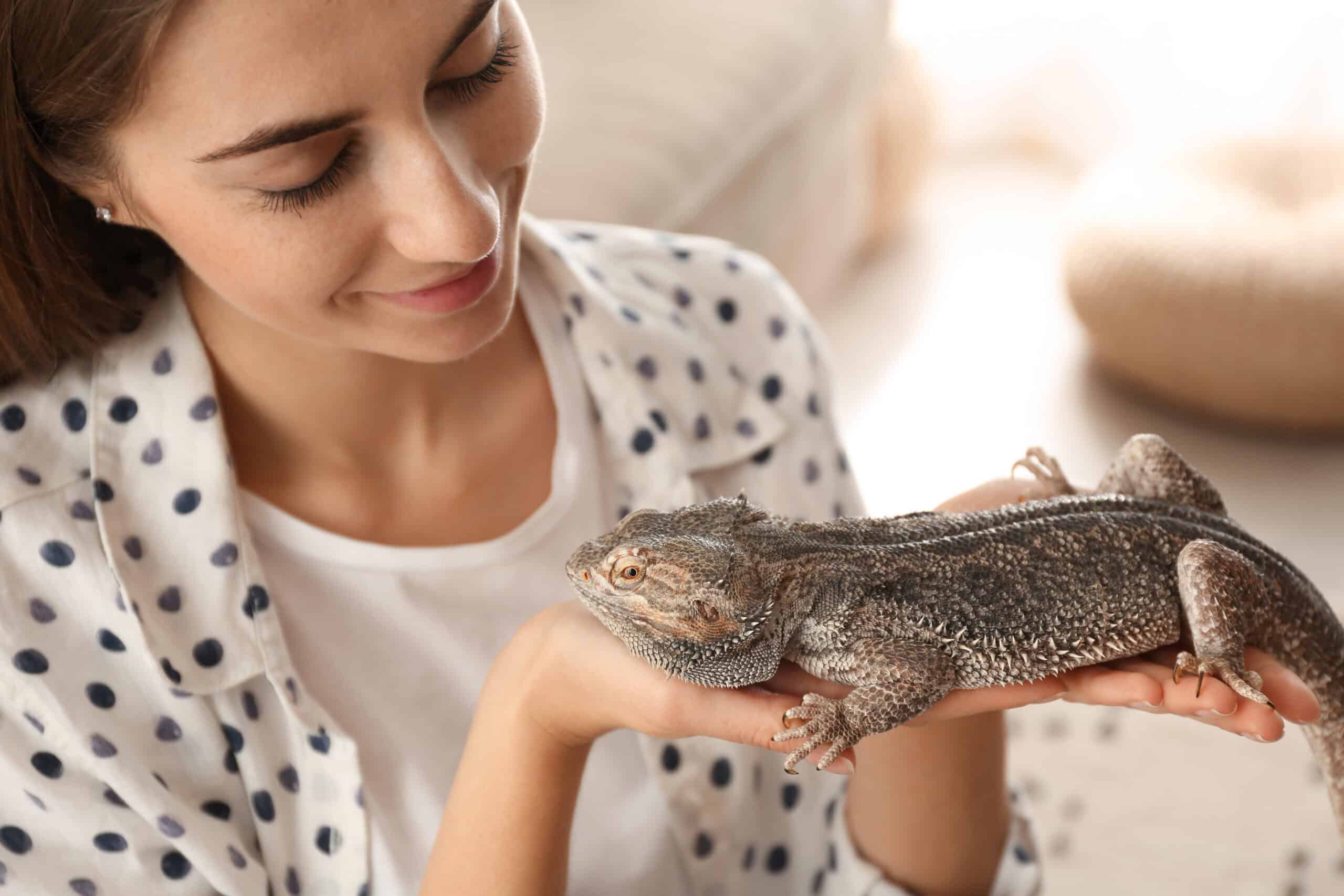
Bearded dragons are medium-sized lizards native to Australia. They are named for the spiky “beard” under their chin, which they puff out when threatened. These reptiles are known for their docile nature and ease of care, making them popular pets. Bearded dragons require a warm habitat with UVB lighting to mimic their natural environment. Their diet includes a variety of insects, vegetables, and fruits. They are diurnal, active during the day, and enjoy basking in the sun. Regular handling helps them become more comfortable with human interaction.
Serval
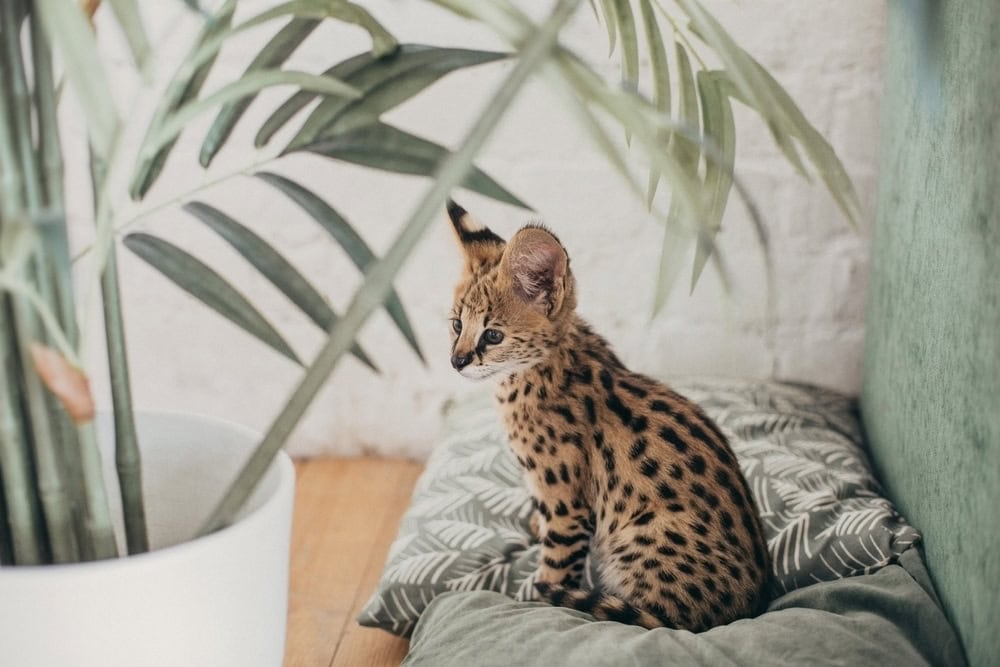
The serval is a medium-sized wild cat native to Africa. They have long legs, large ears, and a distinctive spotted coat. Servals are known for their incredible jumping ability, often leaping several feet into the air to catch prey. They are solitary hunters, primarily active during dawn and dusk. In captivity, servals need a large, secure enclosure with plenty of vertical space. Their diet should include raw meat, bones, and supplements to mimic their natural diet. Servals are not domesticated and require experienced handling. They are intelligent and can form bonds with their caretakers but retain many wild behaviors.
Burmese Python
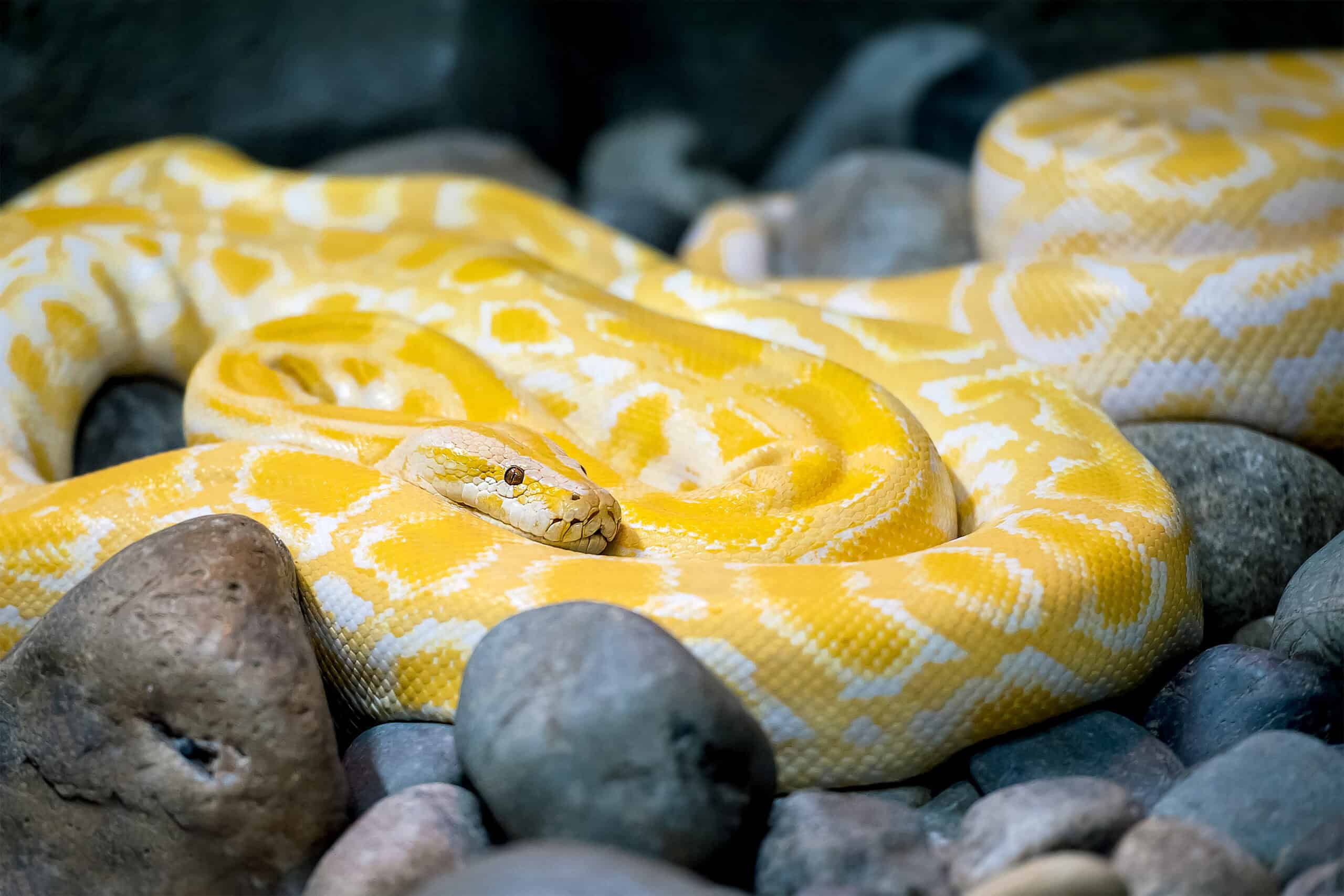
The Burmese python is one of the largest snake species in the world, native to Southeast Asia. These constrictors are known for their impressive size, often reaching lengths of over 20 feet. They have a distinctive pattern of brown and gold markings along their bodies. As pets, Burmese pythons require a large, secure enclosure with controlled temperature and humidity. Their diet consists of appropriately sized prey, such as rats and rabbits. Handling should be done with care, as their size makes them powerful and potentially dangerous. These snakes are best suited for experienced reptile keepers.
This article originally appeared on Rarest.org.
More from Rarest.org
1977 Kennedy Half Dollar Value Guide
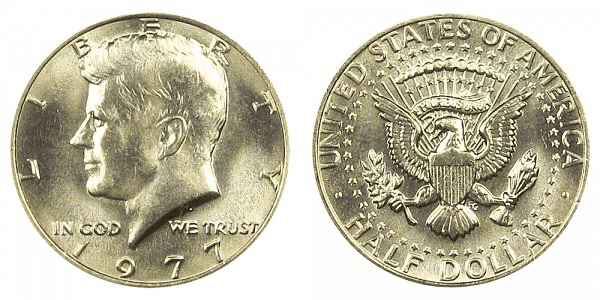
The Kennedy Half Dollar, one of the most well-known and cherished coins honouring one of the most revered US presidents—John F. Kennedy—is preserved by both collectors and non-collectors. Read More.
1978 Eisenhower Dollar Coin Value Guide

The 1978 Eisenhower dollar is primarily made of 75% copper and 25% nickel with its core made of pure copper but it is covered with a mixture of copper and nickel. Read More.
1966 Lincoln Penny Value Guide

The 1966 Lincoln penny is made of 95% copper and 5% zinc. The same composition is given to Lincoln pennies made from 1909 to 1942 and from 1944 to 1982. Read More.
